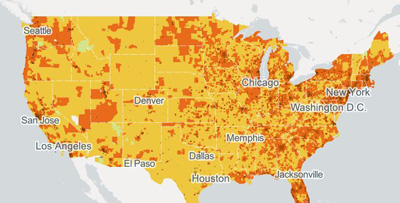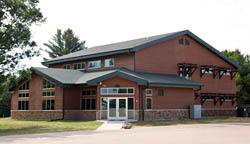Building Digital Access: NTIA Partners with Tennessee on Broadband Summit
by Doug Kinkoph, Associate Administrator, Office of Telecommunications and Information Applications
Nationwide broadband connectivity is the aspirational goal bringing together broadband leaders for the March 20 Tennessee Broadband Summit in Nashville. The event, sponsored jointly by NTIA and the Tennessee Department of Economic & Community Development, is an all-day program with workshops and problem-solving presentations from industry, state and local leaders, and community groups working to build connectivity options throughout the state.
Strong leadership at every level of government can lead to increased broadband deployment. New opportunities through the Tennessee Broadband Accessibility Act and other state and Federal initiatives are vital tools that can help increase broadband accessibility. Also encouraging is the increase in broadband leadership from states, as evidenced in the strong participation at a recent meeting in Washington, D.C. of state broadband leaders across the country to discuss the types of challenges, programs, and investments that are happening at the state level.


